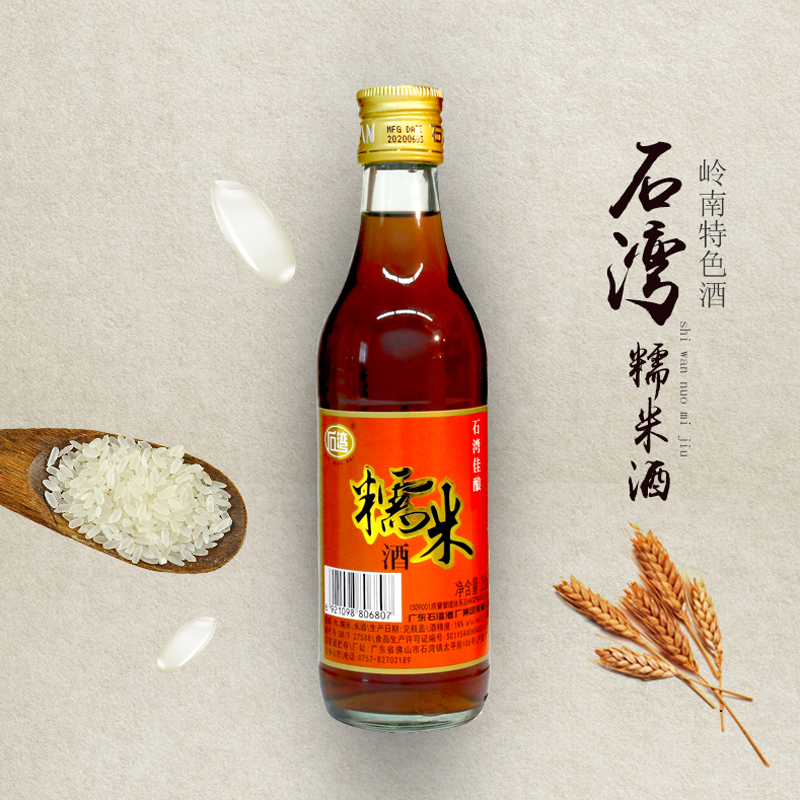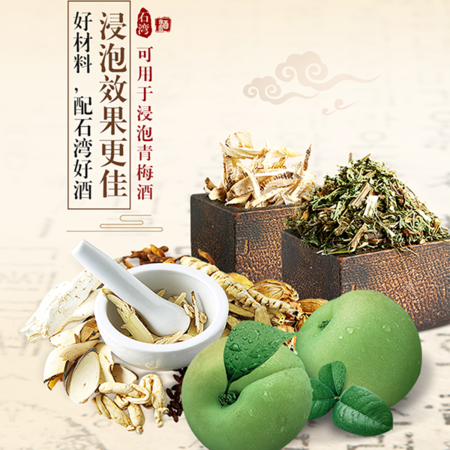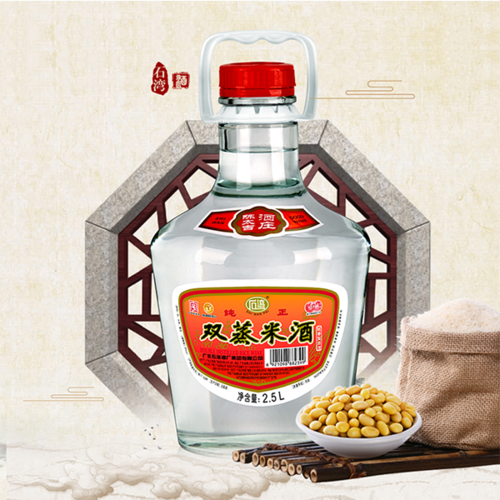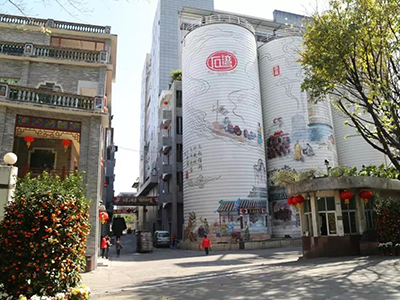Glutinous Rice Wine vs. Other Rice Wines: What's the Difference?
Rice wine offers a unique flavor profile that enhances a variety of dishes. Among the different types of rice wines, glutinous rice wine, Shaoxing wine, and mijiu stand out for their distinct characteristics. This article delves into the differences between these rice wines in terms of ingredients, taste, alcohol content, and culinary uses, providing a guide on when to use each type in cooking.

Ingredients
Glutinous Rice Wine
Glutinous rice wine, also known as mijiu in China, is made from glutinous rice, which is known for its sticky texture when cooked. The production process involves fermenting the glutinous rice with water and a specific type of yeast called qu (or jiuqu in Chinese). This yeast not only helps in fermentation but also imparts a unique flavor to the wine.
Shaoxing Wine
Shaoxing wine, originating from Shaoxing in China's Zhejiang Province, is made from non-glutinous rice, water, and a small amount of wheat, which means it is not gluten-free. The fermentation process for Shaoxing wine is more complex, often involving aging in clay jars, which adds depth to its flavor.
Mijiu
Mijiu is a broader term that encompasses various types of Chinese rice wines, including glutinous rice wine. It is typically made from glutinous rice, similar to the specific glutinous rice wine, but can also include other regional variations and ingredients.
Taste
Glutinous Rice Wine
Glutinous rice wine has a clear appearance with a balanced sweetness and acidity. It is often compared to Japanese sake and Korean cheongju for its smooth and slightly sweet flavor. The taste is generally mild, making it versatile for both drinking and cooking.
Shaoxing Wine
Shaoxing wine has a more complex flavor profile, characterized by its amber color and a taste that is both sweet and savory with nutty, earthy, and fruity notes. It is often described as having a musty, leathery aroma with hints of walnut, almond, plum, and apricot. This complexity makes it a prominent flavoring agent in Chinese cuisine.
Mijiu
Mijiu, when not specifically referring to glutinous rice wine, can vary in taste but generally maintains a clear, slightly sweet flavor. It is less complex than Shaoxing wine but still offers a pleasant, smooth taste that is suitable for both drinking and cooking.
Alcohol Content
Glutinous Rice Wine
The alcohol content of glutinous rice wine typically ranges between 15% and 20% ABV (alcohol by volume), making it moderately strong compared to other alcoholic beverages.
Shaoxing Wine
Shaoxing wine has an alcohol content that ranges from 18% to 25% ABV, making it one of the stronger rice wines. This higher alcohol content contributes to its robust flavor and its effectiveness in cooking.
Mijiu
Mijiu generally has an alcohol content similar to glutinous rice wine, ranging from 15% to 20% ABV. This makes it a versatile option for both drinking and culinary uses.
Culinary Uses
Glutinous Rice Wine
Glutinous rice wine is commonly used in Chinese desserts and sweet dishes. It is also used in savory dishes to add a mild sweetness and to tenderize meat. Some popular dishes that use glutinous rice wine include ginger duck, sesame oil chicken, and various sweet soups.
Shaoxing Wine
Shaoxing wine is a cornerstone of Chinese cooking, especially in dishes that require a deep, rich flavor. It is used extensively in marinades, stir-fries, and braised dishes. Some classic dishes that feature Shaoxing wine include Drunken Chicken, Chinese Braised Fish, and Shanghai Style Braised Pork Belly. It is also used to deglaze pans and add complexity to sauces.
Mijiu
Mijiu is used similarly to glutinous rice wine in both sweet and savory dishes. It is often used in cooking to add a mild sweetness and to tenderize meat. It is also a key ingredient in various Chinese desserts and soups.
Guide for Cooking
When to Use Glutinous Rice Wine?
Sweet Dishes: Use glutinous rice wine in desserts and sweet soups to add a mild sweetness.
Tenderizing Meat: Add it to marinades for chicken or pork to tenderize the meat and add a subtle flavor.
Light Sauces: Use it in light sauces where a mild, sweet flavor is desired.
When to Use Shaoxing Wine?
Marinades: Use Shaoxing wine in marinades for meats to enhance umami and tenderize the protein.
Stir-Fries: Add it to stir-fries to deglaze the pan and add depth to the dish.
Braised Dishes: Use it in braised dishes like Hong Shao Rou to add a rich, complex flavor.
Deglazing: Use it to deglaze pans and incorporate caramelized bits into the sauce.
When to Use Miji?
Versatile Cooking: Use mijiu in both sweet and savory dishes where a mild, sweet flavor is needed.
Desserts: Incorporate it into Chinese desserts and sweet soups.
Savory Dishes: Use it in savory dishes to add a gentle sweetness and to tenderize meat.
In conclusion, while glutinous rice wine, Shaoxing wine, and Mijiu all share a common base of rice, their differences in ingredients, taste, alcohol content, and culinary uses make each unique. Understanding these differences can help you choose the right rice wine for your cooking needs, enhancing the flavor and authenticity of your dishes.







